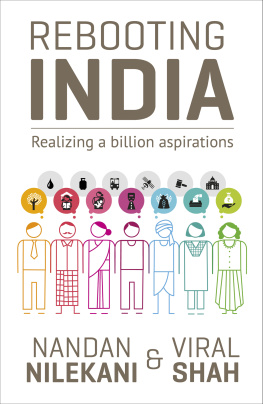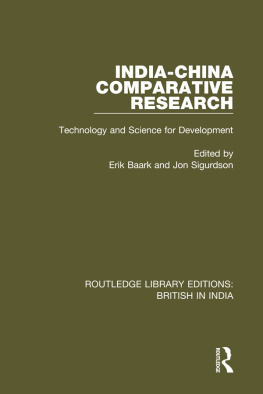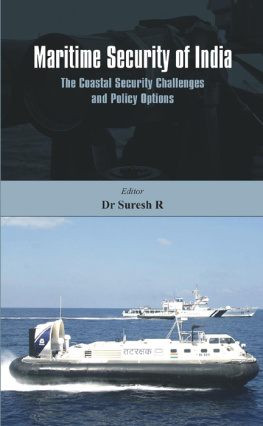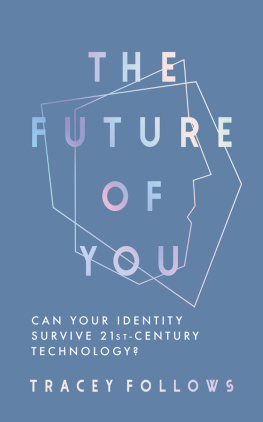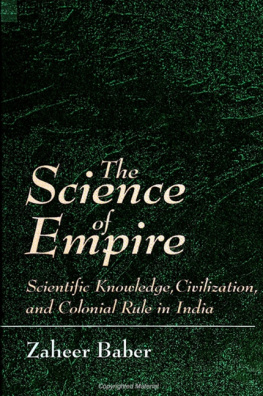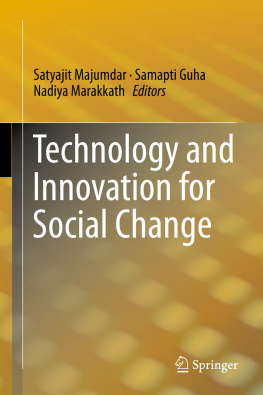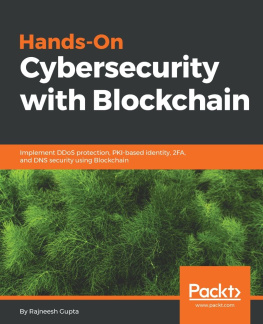Contents
Nandan Nilekani
and Viral Shah
REBOOTING INDIA
Research by Swapnika Ramu
Illustrations by Aparna Ranjan
ALLEN LANE
UK | USA | Canada | Ireland | Australia
India | New Zealand | South Africa
Allen Lane is part of the Penguin Random House group of companies whose addresses can be found at global.penguinrandomhouse.com.
First published in India by Penguin Books India 2015
First published in Great Britain by Allen Lane 2016
Text copyright Nandan Nilekani and Viral Shah, 2015
Cover illustration and design by Aparna Ranjan
Cover composed by Chetan Kishore
The moral rights of the authors have been asserted
ISBN: 978-0-141-97860-4
THE BEGINNING
Let the conversation begin...
Follow the Penguin Twitter.com@penguinUKbooks
Keep up-to-date with all our stories YouTube.com/penguinbooks
Pin Penguin Books to your Pinterest
Like Penguin Books on Facebook.com/penguinbooks
Listen to Penguin at SoundCloud.com/penguin-books
Find out more about the author and
discover more stories like this at Penguin.co.uk
This book is dedicated to everyone who has worked on Aadhaar.
We especially wish to acknowledge the contribution of the thousands of Aadhaar operators who work tirelessly to make the vision of Aadhaar a reality.
We owe our gratitude to Samar Halarnkar for his invaluable feedback that has made this book significantly more readable and interesting.
Introduction
It must be considered that there is nothing more difficult to carry out, nor more doubtful of success, nor more dangerous to handle, than to initiate a new order of things.
Niccol Machiavelli, The Prince (1532)
Seventy-year-old Basudeb Pahan lives in a densely forested, remote area of Jharkhand. In order to receive his old-age pension from the Government of India, Pahan had to journey fifteen kilometres through hills and jungles to reach Ramgarh, the nearest settlement with a bank branch. And this was only half the story. To collect the 400 rupees a month owed to him, Pahan had to spend hours standing in line. Sometimes he needed to come back the next day. Factoring in the cost of travel and food, Pahan was spending over 12 per cent of his pension before he even received it. To add to his woes, he often had to wait two or three months for his payment to be processed. Pahan, the local government, and indeed the entire pension disbursement system were stuck in a time warp.
Then, in 2011, Pahan found himself transported from a dusty backwater of history into the forefront of Indias technological revolution. He achieved this feat by walking a short distance to the local panchayat office in his village and using a device called a microATM, under the supervision of the local business correspondent appointed by a bank. The microATM, a handheld wireless device, required only
A smooth and seamless customer experience like Pahans is usually typical of Indias private sector, not its government, and serves as an illustration of a new, citizen first way of thinking that must become the norm in our administration.
Pahans fundamental problemlack of access to banking facilitiesmight have been solved if a bank decided to build a branch in his village, an uncertain prospect. Instead of incremental changebuilding a banking network branch by branch and village by villagetechnology made it possible to deliver a bold solution overnight for Pahan, bringing banking right to his doorstep. We believe that technology holds the potential to completely redefine the relationship between the citizens and the state. What if a million banking correspondents equipped with smartphones and biometric readers could deliver banking services to 1.2 billion Indians? What if every citizen could use mobile banking and make cashless payments? Moving beyond the financial sector, can we use technology to solve some of Indias most pressing problemsto improve standards in healthcare and education, to cut wastage in government spending and increase revenue, to make tax collection citizen-friendly, to streamline our courts, and to eliminate corruption?
These and other questions form the focus of our book, and in every chapter we propose some big ideas that can radically redesign existing systems, and in the process save the government an estimated $15B (Rs 1 trillion) annually. Conservative back-of-the envelope calculations find those savings to be equivalent to 1 per cent of our GDPenough for two Golden Quadrilateral road systems across the country every year,
Software is eating the world
In 2011, Marc Andreessen, the co-founder of Netscape, famously proclaimed, Software is eating the world. More and more major businesses and industries are being run on software and delivered as online servicesfrom movies to agriculture to national defence. Many of the winners are Silicon Valley-style entrepreneurial technology companies that are invading and overturning established industry structures.
Whether its to watch a movie, a cricket match or a play, many of us dont throng box office windows any more, but buy our tickets from websites like BookMyShow. We book train tickets through the website of IRCTC (Indian Railway Catering and Tourism Corporation), look up flights on MakeMyTrip or Yatra, and use RedBus if were to travel by bus. We book our cabs online through services like Ola or Uber, tracking their location through GPS and paying the fare electronically without having to hunt through our pockets for change.
You can now order groceries from your local kirana store on WhatsApp and have them delivered to your home, a business model that many small entrepreneurs are following. BigBasket and Grofers work on the same principle, but on a much larger scale. If you can buy fruits and vegetables over the internet, why cant a farmer order fertilizers and seeds online, and have them delivered to his door? Why cant a poor family order cooking fuel using a smartphone? Why cant crop insurance funds be automatically transferred to a farmers bank account as soon as a drought is declared?
You can now take personalized courses on a variety of subjects through Skype, and students across India now have access to classes from some of the worlds best universities through online platforms like Coursera, Udacity and edX. Is it possible to achieve the same outcome for every student in every government school in India? You can now find a doctor through your smartphone thanks to businesses such as Practo, which allow users to rate medical practitioners based on their quality of service. How can government primary healthcare centres and hospitals deploy technology in a similar way?

